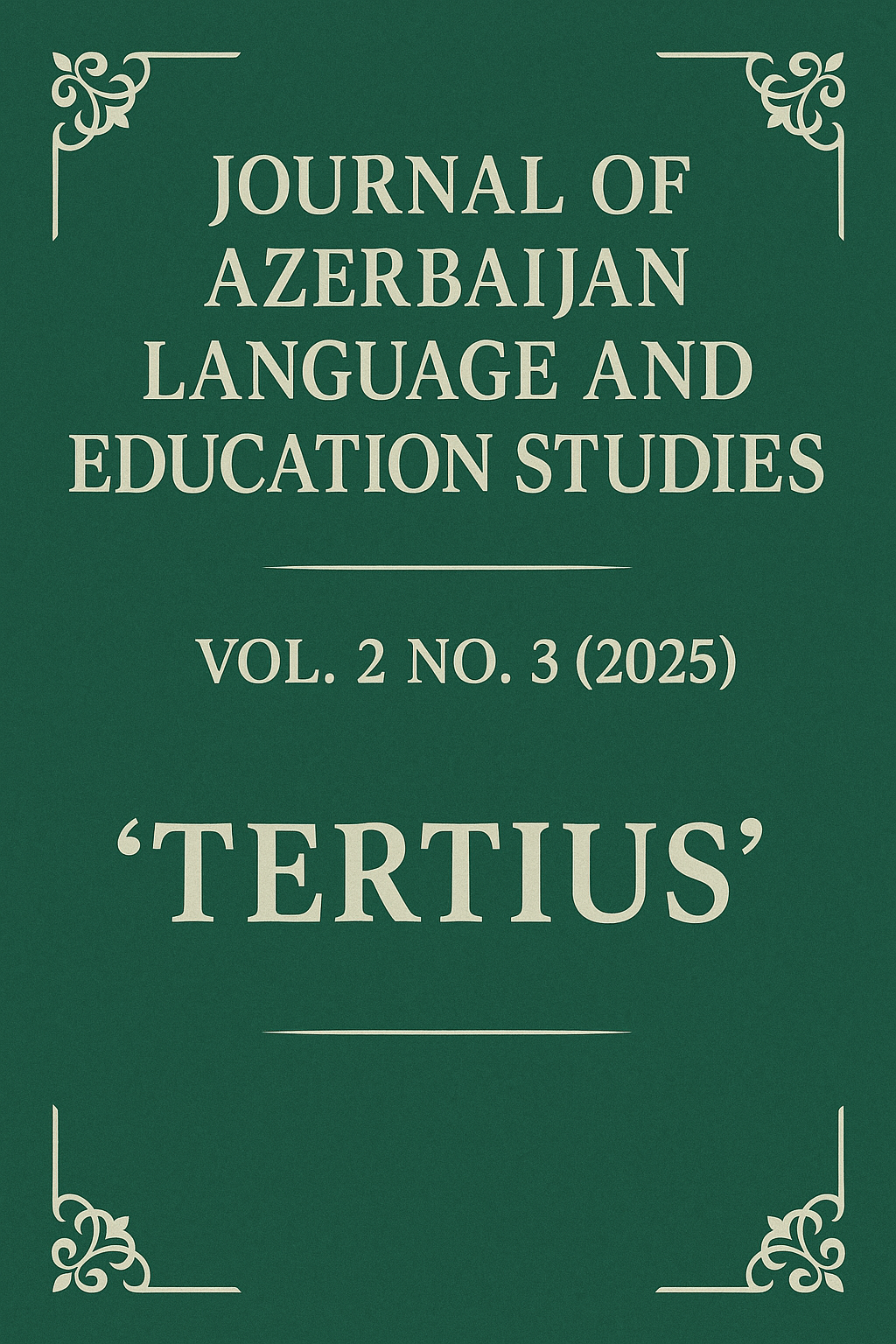Exploring the Role of AI Technology in Shaping College Students’ English Writing Development: Insights from the Complex Dynamic Systems Theory
DOI:
https://doi.org/10.69760/jales.2025002012Keywords:
AI Technology , Complex Dynamic Systems Theory, EFL Learners, Writing DevelopmentAbstract
The proliferation of Artificial Intelligence (AI) technology has profoundly impacted English language teaching, especially within the realm of writing instruction. Despite extensive research exploring the application of AI in education, a significant gap remains in studies assessing the influence of AI-enhanced teaching on learners’ writing proficiency. In this context, this study employed a longitudinal research design to examine the effects of integrating Kimi—an AI tool in China—into English writing instruction, framed within the Complex Dynamic Systems Theory. The participants, 12 tertiary-level English learners from the southwestern region of China, engaged with Kimi to complete weekly essay assignments over a 14-week period. They also participated in seven writing tests. The findings indicate that participants’ overall writing proficiency, as well as lexical and syntactic accuracy and complexity of their test essays, exhibited an upward trajectory and significantly improved. However, insignificant improvement was observed in overall writing fluency. Additionally, improvement in learners’ writing proficiency varied substantially among individual learners. This study provides compelling empirical evidence for English-as-a-foreign-language (EFL) writing pedagogy, highlighting the crucial roles of differentiated instruction, dynamic assessment, and technology-assisted tools in enhancing students’ writing proficiency. English teachers are urged to adapt their pedagogical approaches flexibly, leveraging these insights to support the holistic development of each learner.
Downloads
Published
Issue
Section
License
Copyright (c) 2025 Journal of Azerbaijan Language and Education Studies

This work is licensed under a Creative Commons Attribution-NonCommercial-NoDerivatives 4.0 International License.




